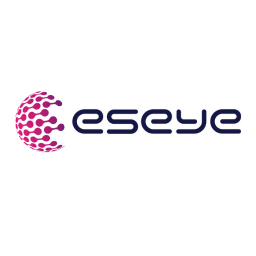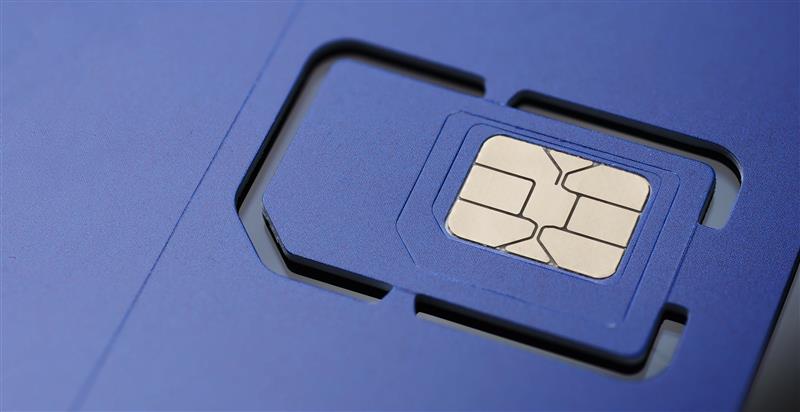Generating more than 80% of global GDP and counting the majority of the global population as residents, cities are a key feature in technological advancement, and urbanization is one of the 21st century’s most transformative trends.
According to the World Economic Forum (WEF), over 1.3 million people are moving to cities each week, and by 2040 with the rapidly expanding sprawl of urban developments, 65% of the world’s population will live in cities. With population growth at current rates, this number is expected to hit 6.3 billion by 2050.
But concrete and steel are not the only resources in high demand for city building, urban developments are also consuming technology at an unprecedented rate. Innovations such as digital twins are helping cities increase their resilience in the face of systemic problems like resource shortages and pandemics.
Enabled by innovations such as IoT and AI, rapid advancement in technology is bringing significant opportunities to transform urban services, from transportation, to water and power, occupation, and healthcare.
Smart cities and IoT architecture

Just as the brain and nervous system govern how the human body regulates its functions and responds to the world around it, technologies enable cities to respond to changes in their local environments.
Smart city IoT architecture encompasses a complex network of sensors, devices, and data processing systems, connecting back to multiple management ‘brains’ that work together to enhance urban living and working.
IoT connectivity means cities can achieve real-time data collection and analysis and improve everything from traffic management and public safety to energy efficiency and environmental monitoring. Smart cities encompass a lot of other ‘smart’ segments, including but not limited to smart water management, smart energy, smart mobility, smart buildings, and smart campuses, but all linked back to a centralized system.
In many cases a digital twin model can help municipal operators to run virtual tests on their city’s capabilities and optimize their actions based on specific requirements.
Consultancy Deloitte notes that “the digital infrastructure of a smart city sets the stage for a network of partnerships all focused on one goal: Creating a smarter city. The result? An urban center that not only leverages technology to improve its own operations but connects with citizens, businesses, and non-profits in new ways.”
Build smarter, more responsive cities with future-ready IoT architecture
Let’s plan your connected infrastructure
Key components of IoT architecture for smart cities
Although there is no one agreed definition of standard IoT architecture for smart cities, it is widely accepted that the architecture is broken down into four or five layers.
1. Sensing, Device, or Perception Layer
The lowest level layer is where IoT technology excels. In this layer, sensors or actuators monitor and/or control some physical object. The primary function of these sensors, actuators, wearables, and other smart devices is to collect and transmit data such as temperature, humidity, chemical composition, fluid levels in a tank, fluid flow in a pipe, traffic congestion, building or area occupancy, lighting and much more.
2. Network or Transport Layer
Connectivity and communication protocols are essential for getting the data from the IoT device or sensor back to a gateway, edge compute device, or other data acquisition system (DAS). Both wired and wireless technologies may feature here, including WiFi, cellular LTE, NB-IoT, LoRaWAN and LPWAN.
3. Middleware or Data Processing Layer
Once data is ingested it needs processing or storing. In some cases this means real-time processing as close to the edge as possible to extract useful insights, in others it means backhauling the data to a centralized data lake, warehouse, or other cloud storage system.
Edge compute or fog compute devices can be used to manipulate the data at the network edge, close to where the sensors are deployed. Or data from multiple field sensors can be combined in the cloud to provide a broader picture of the overall IoT system and deliver actionable insights.
4. Application or Service Layer
At this layer, use case specific applications can be used to perform in-depth analysis and apply business logic to determine whether action needs to be taken. The application is also responsible for triggering the action.
Dashboards and visualizations also appear at this layer, to help human managers understand insights through user-friendly interfaces, or receive alerts and notifications based on predefined conditions.
5. Business Logic Layer
Some definitions of IoT architecture for smart cities also include a business logic layer, which is an additional management layer that sits on top of multiple applications. As insights from multiple processes and workflows are aggregated, logic can be applied to trigger cross-application actions.
Critical components of an IoT smart cities platform
- IoT sensors to collect data and transmit it to a centralized cloud management platform.
- Actuators to enable devices to act depending on the use case.
- Gateways to enable data collection, aggregation, and secure transmission.
- Data lake to store information in raw, unstructured formats.
- Data warehouse to contain all the structured and defined data.
- Cloud compute to perform the data manipulation and insight extraction.
Applications of IoT in smart cities
Smart buildings

Smart buildings use building-wide connected systems, devices, and automation to improve efficiency, safety, and comfort for the building owner/manager and the occupants. This IT managed network infrastructure typically encompasses HVAC, lighting, alarms, security and more.
The Finnish commercial engineering company Haltian was formed to help Smart Washrooms, Smart Facilities and Smart Factories operate intelligently and efficiently.
Smart traffic management

IoT sensors can be installed on traffic lights, cameras, and roadway sensors to collect data on traffic patterns, congestion, and accidents. In some cases additional data can also be collected from connected cars or the mobile devices of the occupants.
This data can be used to optimize traffic flow, reduce congestion, and improve road safety.
Los Angeles city has implemented cameras, road-surface sensors and AI oversight to control traffic flow and auto-adjust traffic lights based on congestion and changing traffic conditions.
Smart parking

IoT sensors in car parks or street parking spaces can transmit data about whether a spot is occupied or vacant back to a central server. This can be used to update digital signage or parking apps to alert drivers to vacant spaces.
IoT-enabled payment terminals can also take parking fees or provide additional services like EV charging.
EV charging specialist Park’n Plug has been at the forefront of France’s electric mobility revolution with turnkey charging stations in car parks.
Public safety and emergency services

IoT-enabled cameras and acoustic sensors can be installed in public spaces and office buildings to monitor potential security threats, such as suspicious activity, unattended bags, gangs or crowds gathering.
In New York the city has deployed a gunshot detection solution that uses connected microphones to transmit data to a cloud platform and estimate the gun’s location to alert the police.
Waste management

Waste containers and recycling bins can use embedded sensors to send alerts when fill thresholds are met, so trucks are only sent to collect full bins. The data can also be used to optimize the route taken by the trucks.
Data could also be used to encourage or incentivize residents and businesses on their waste management and recycling efforts.
Water and energy utility management

Electricity meters allow for the accurate tracking of energy consumption. Reduced usage, inefficiencies in aging infrastructure, energy security, and price volatility are some of the issues that might be mitigated with IoT energy sensors. Water monitoring can also extend to the quality of the water.
Smart lighting

IoT sensors can be installed in streetlights and public space lighting to adjust the lighting level based on ambient light or even detected occupancy, reducing energy consumption.
Mayflower Smart Control, part of SSE Enterprise Contracting, provides a 21st-century green solution for the management of highway lighting and illuminated equipment.
Environmental conditions

In city environments monitoring air quality is particularly important, with emissions from vehicles and industry leading to chronic health problems. IoT sensors can help the city understand where the pollution hotspots are and how the pollution is generated.
In urban areas at risk of earthquake or wildfire, IoT sensors can also assist as part of an early warning system and in emergency response.
Copenhagen in Denmark is deploying smart grids to reduce carbon emissions from heating systems and is focused on electric transport, energy-efficient buildings, and optimized HVAC systems.
Public transport

Public transportation departments can use the data from IoT sensors in vehicles and on routes to analyze patterns and optimize delivery of public transport services, or even to plan more efficient routes.
In London, UK, train operators use IoT technology to monitor passenger usage and to help station operators direct passengers up and down the platform to ensure optimal use of capacity.
Eseye’s role in smart city IoT architecture
Eseye’s IoT cellular connectivity solutions are essential for smart city deployments, ensuring that all sensors and smart devices are reliably connected, which is crucial for real-time data collection and decision-making.
Municipal governments, businesses and communities turn to Eseye for our ability to provide near 100% device connectivity and availability and secure data handling.
Eseye brings decades of end-to-end expertise to integrate and optimise IoT connectivity delivering near 100% uptime. From idea to implementation and beyond, we deliver lasting value from IoT. Nobody does IoT better.

